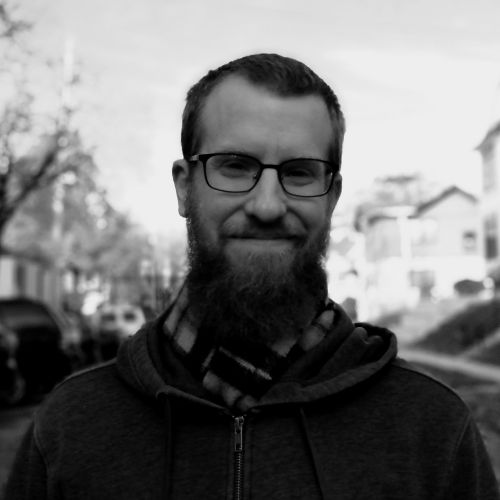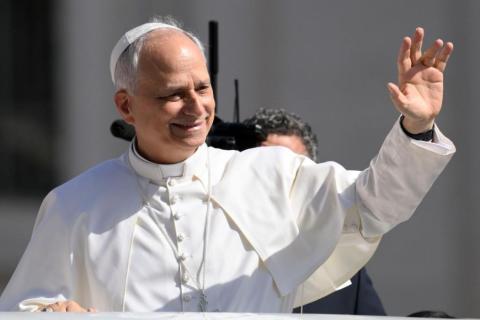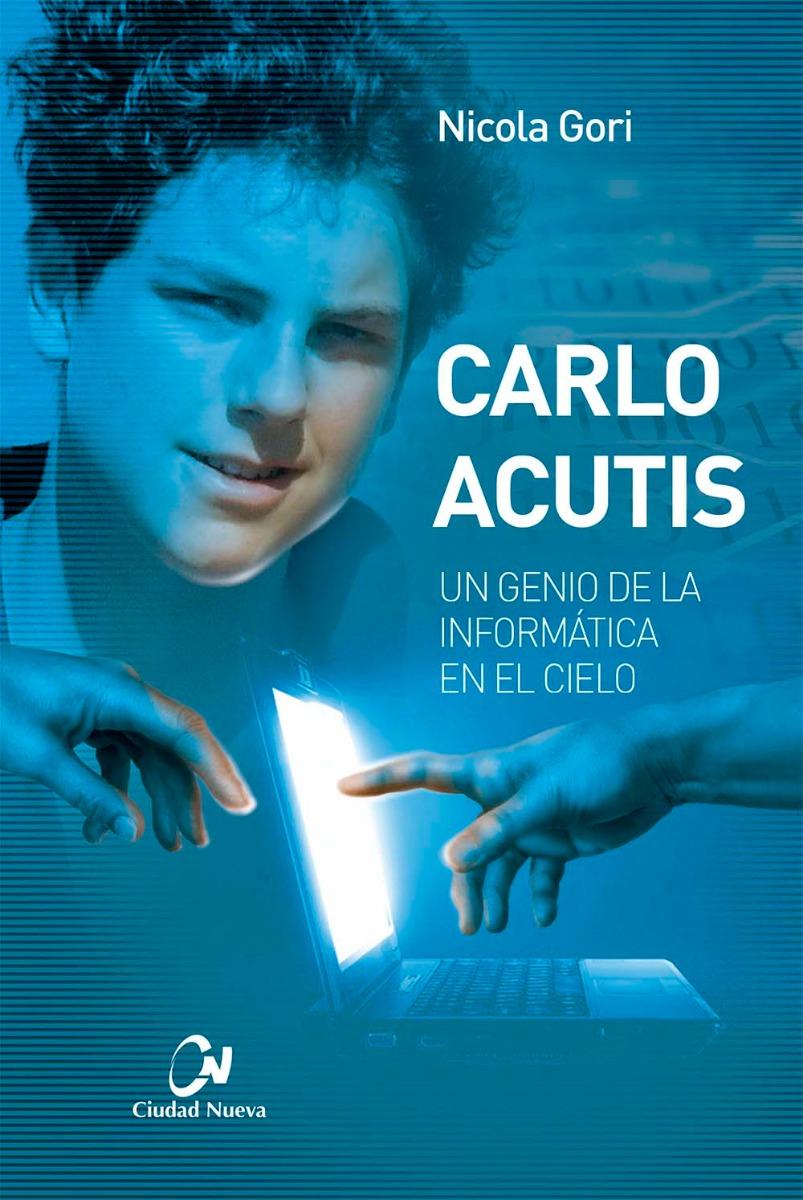
© Photo by Yesdoubleyes at Adobe Stock
“We are speaking of an attitude of the heart, one which approaches life with serene attentiveness, which is capable of being fully present to someone without thinking of what comes next, which accepts each moment as a gift from God to be lived to the full. Jesus taught us this attitude when he invited us to contemplate the lilies of the field and the birds of the air, or when seeing the rich young man and knowing his restlessness, ‘he looked at him with love’ (Mk. 10:21).”
~Pope Francis, Laudato Si’ §226
There is a stillness of the human person, body and soul. In that stillness we rest in the intuition of our existing, our existing along with other creatures. In that stillness too, the Trinity itself is sometimes seen in the foundation of the soul—as much as that is possible for a creature in this limited life.
Such is the promise held out by the contemplative tradition of the Church. Contemplation lost its prominent place in Christian spirituality throughout the eighteenth century for a host of reasons we don’t have room to discuss here, but it lives on. It persists in clear and insightful moments in prayer, on a walk along a river, or in the gaze at a small child engaging the world anew. Its more dramatic, “higher” stages (ecstasy, “glimpsing the divine light,” etc.) are still found in quiet rooms and monastery walls. But, also, for so many Christians contemplation is not even on their radars. At the intersection of our economic, socio-cultural, political, and religious lives, we have a contemplation problem.
What is contemplation? It is a direct beholding. A direct beholding of what? Tradition holds that there is natural contemplation and contemplation specifically supported by grace. There is a natural contemplation of creatures, an aesthetic contemplation of art, a spiritual contemplation of heavenly realities and the Trinity itself. The dividing line between what’s a purely creaturely capacity for contemplation and what’s a graced or supernatural contemplation is admittedly somewhat murky. What is common to all forms of contemplation is the simplicity of direct intuition, a gathering of the whole person in recognition of what is present. Sometimes this includes loss of body consciousness and rapture. For most of us, contemplation of whatever sort will be quieter, less dramatic, yet not necessarily any less profound.
Our primary contemplation problem is that our mechanized day-to-day activities shape our inner and outer worlds, our consciousness and our activity, in ways that work against contemplative awareness. The broader historical and social background to all this, alluded to above—the fact that the Catholic reaction to the Reformation, the scientific revolution, and the Enlightenment all disrupted the Church’s contemplative tradition in the west—is a long and winding story. But, as inheritors of all this history that we cannot change, we can focus on more concrete aspects of the problem that perhaps we can change.
As a cottage industry of culture critics have been pointing out for some time, with the industrial revolution, the advance of machines into so much of our individual and collective lives, mass media, and now the internet and the smartphone, we in the modern west are habituated to mechanical living. We adapt our daily activities, our bodies’ movements, to our machines. We look at what our machines proffer to our gaze. We reorganize our economies and the earth itself for our machines. We value efficiency in and of itself because it feeds our desire for more and more efficient machines. In all this, we are conditioned to behold not reality directly but the mediations of all manner of machines, screens, and devices.
And no: this is not another screed about how we’re all distracted. Rather, a substantial part of our contemplation problem is precisely that we’re not distracted at all. We’re very much attentive, deeply focused on a variety of machines and mediations of words, concepts, visuals, and sounds. A contemplative master of the twelfth century, Richard of St. Victor, aptly noted that “Where love is, there is the eye.” By discerning where our attention is directed, we find what we genuinely care about. Our claims of concern for this person or that movement, our cultivation of virtue or our desire for the Trinity must stand amidst the evidence of where we give our attention, our eye and our “eye,” our consciousness, day in and day out. This is one crucial aspect of the contemplation problem particular to our era. We can devotedly attend to things that feel so important, when we are really—or, at least, also always—attending to a machine. A machine that was almost surely made with components from open-pit mines gathered by people with deplorable working conditions and that relies on the continued burning of fossil fuels. A machine that is an integral part of a system of predatory global capitalism.
We are creatures made for beholding, creation made conscious of itself. We have the capacity for wonder, for a kind of self-aware giving of ourselves that other creatures don’t seem capable of. We have supernatural gifts of faith, hope, and charity.
Another aspect of this contemplation problem particular to our digitally-saturated lives has to do with the discursive intensity of so much of the internet. Contemplation is a function of the intuition, the direct beholding of a given object of attention, from lichen to the blessed Trinity.
The more concepts, words, and ideas there are floating around in our consciousness, and the more emotional reactions (not necessarily responses) we have to all this, the more we cover over the simplicity and immediacy of contemplation. In the “always on” life filled with checking in on the smartphone while we wait in lines, sit on the bus, walk down the hall, sit and watch TV with our families at night, the intellect and reason (not to mention the imagination and senses) have continual grist for their mills, denying intuition space in the playing field of consciousness.
This is not to say there’s anything wrong with words or arguments or emotions. But when we regularly refuse to look away from such discursive intensity, when we habitually immerse our minds and our bodies in this seemingly unending sprawl of the next thing, we train our consciousness in mediation and notion, depriving the mind and heart of the possibility for, the habitual openness to, direct encounter with reality. This point perhaps assumes new poignancy in the face of the new large language models, machines making novel but derivative discourse at our whim.
A more extreme example can perhaps drive to the heart of this contemplation problem, an example that deals directly with our creation in the image and likeness of the Trinity, creatures made foundationally in relationship with others.
One pervasive and much-lamented problem with the internet has been the proliferation and ready accessibility of pornography. Though contemplation and pornography are not usually discussed together, the arresting of attention that occurs when one beholds a naked human form is, I argue, a contemplative response. Who has not been awed by the beauty of Michelangelo’s David? Human bodies are parts of the natural world. When we view a naked human body, our inner discourse, our words, our concepts tend to halt for a span of time in response to the radical vulnerability of another. The discursive mind pauses, and we shift to an intuitive response, simply beholding. But then, in the case of pornography, we usually move on to other business, which is not so lofty but is still outside the domain of the discursive. Pornography takes what can and should be an appreciative contemplative response (natural and aesthetic) or even an invitation to direct interpersonal communion, and frustrates that possibility by its very nature. Because the other person isn’t actually present, the potential interpersonal encounter is reduced to a media experience of humans removed from one another in time and space, and, so, the encounter turns one back on oneself, a self-oriented experience of self-satisfaction instead of an interpersonal experience of mutual contemplation, mutual satisfaction, and mutual self-giving.
Though pornography offers an extreme example of the perversion of the intrinsic human capacity for contemplation, more pedestrian online encounters have a similar structure—seeing a dog or a flower on the internet also does not allow for an actual creaturely interaction and direct encounter, always removing the im- from immediacy. As with words, there’s nothing intrinsically wrong with a picture, but when we absent-mindedly take the representation for the thing itself, we get into shakier territory.
We are creatures made for beholding, creation made conscious of itself. We have the capacity for wonder, for a kind of self-aware giving of ourselves that other creatures don’t seem capable of. We have supernatural gifts of faith, hope, and charity. And we give the lion’s share of our spare conscious moments to non-living objects, the works of our hands, while the world suffers. We satisfy our desire for stimulation, reaction, and novelty.
We train ourselves to think and emote endlessly but not to stop and see that the moment we are in will never occur again. That the creatures we share these moments with are each unique gifts to the world from the Father through the Son in the Spirit.
As Josef Pieper tenderly reminds us, even mundane experiences like looking in a child’s face can suddenly erupt into intuitive, non-rational recognitions “that the world is plumb and sound, that everything comes to its appointed goal; that in spite of all appearances, underlying all things is—peace, salvation, gloria; that nothing and no one is lost…” (Happiness and Contemplation, 84). In daily training ourselves for deep focus on the next thing, on endless discursive noise, on mediation, we’re missing it.
We have a contemplation problem.












